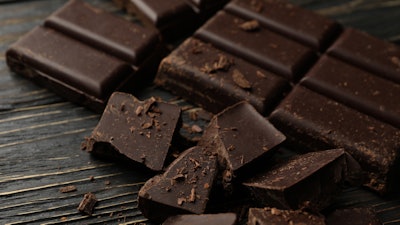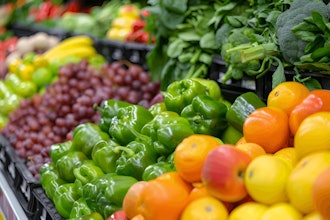
Researchers have identified key factors that influence the flavor of chocolate during the cocoa bean fermentation process, a discovery that could offer chocolate producers a powerful tool to craft consistently high-quality, flavor-rich chocolate.
Scientists from the University of Nottingham’s School of Biosciences examined how cacao bean temperature, pH, and microbial communities interact during fermentation and how these factors shape chocolate flavor. The team identified key microbial species and metabolic traits associated with fine-flavor chocolate and found that both abiotic factors (such as temperature and pH) and biotic factors (the microbial communities) are strong, consistent indicators of flavor development.
The study has been published in Nature Microbiology.
The quality and flavor of chocolate begin with the cacao bean, which is profoundly influenced by both pre- and post-harvest factors. Among these, fermentation is the first, and one of the most critical steps after harvest. It lays the foundation for aroma development, flavor complexity, and the reduction of bitterness in the final chocolate product.
Dr. David Gopaulchan, the first author of the paper, from the School of Biosciences explains:
Fermentation is a natural, microbe-driven process that typically takes place directly on cocoa farms, where harvested beans are piled in boxes, heaps, or baskets. In these settings, naturally occurring bacteria and fungi from the surrounding environment break down the beans, producing key chemical compounds that underpin chocolate’s final taste and aroma. However, this spontaneous fermentation is largely uncontrolled. Farmers have little influence over which microbes dominate or how the fermentation process unfolds. As a result, fermentation, and thus the flavor and quality of the beans, varies widely between harvests, farms, regions and countries.
The researchers wanted to find out whether this unstable, natural process could be replicated and controlled in the lab. Working with Colombian farmers during the fermentation process they identified the factors that influence flavor. They were then able to use this knowledge to create a lab fermentation process and developed a defined microbial community, a curated mix of bacteria and fungi, capable of replicating the key chemical and sensory outcomes of traditional fermentations. This synthetic community successfully mimicked the dynamics of on-farm fermentations and produced chocolate with the same fine-flavor characteristics.
Gopaulchan adds: “The discoveries we have made are really important for helping chocolate producers to be able to consistently maximize their cocoa crops as we have shown they can rely on measurable markers such as specific pH, temperature, and microbial dynamics, to reliably predict and achieve consistent flavor outcomes. This research signals a shift from spontaneous, uncontrolled fermentations to a standardized, science-driven process. Just as starter cultures revolutionized beer and cheese production, cocoa fermentation is poised for its own transformation, powered by microbes, guided by data, and tailored for flavor excellence. By effectively domesticating the fermentation process, this work lays the foundation for a new era in chocolate production, where defined starter cultures can standardize fermentation, unlock novel flavor possibilities, and elevate chocolate quality on a global scale.”






















